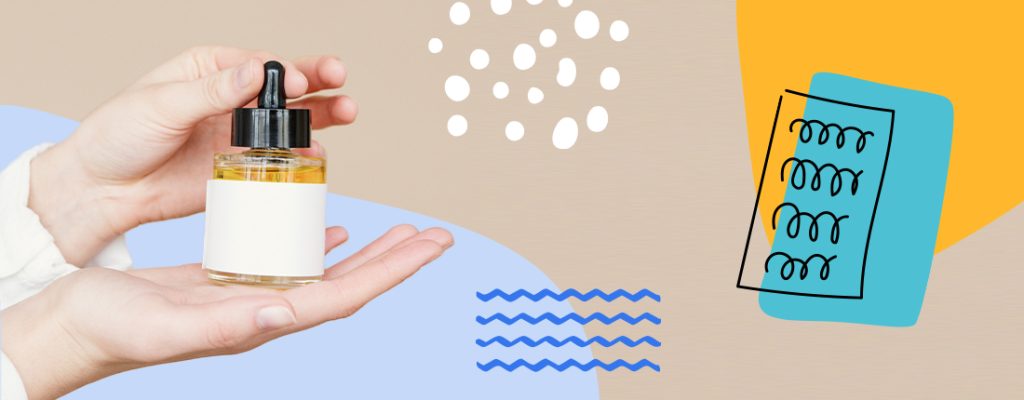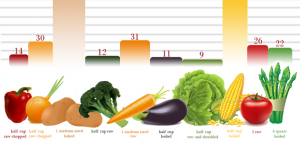If you run a digital-age B2B business, then it probably goes without saying that your inbound sales funnel is a top priority when it comes to your marketing strategies.
If you’re like most in the B2B niche, the way you manage your lead generation system and keep it successful probably hasn’t changed much over the past few years.
In other words, you likely still quality-filter your sales leads by zeroing in on marketing qualified leads (MQLs) and sales qualified leads (SQLs).
However, consumers and the markets they occupy are changing, so many B2B marketers are changing the game by focusing on product qualified leads (PQLs) instead.
Don’t know what this is? Keep reading to find out!
- What is a Product Qualified Lead (PQL)?
- Why Should Your Business Use PQLs?
- How Can You Recognize a PQL?
- How to Create a PQL Qualification Process for Your Company
- How to Transform Product Qualified Leads into Customers
- Wrap Up
What is a Product Qualified Lead (PQL)?
MQLs are leads that have accepted a content offer, interacted with one of your marketing reps, or otherwise identified themselves as a qualified addition to your sales funnel.
SQLs are high-quality leads that have actually been moving through your sales funnels and are ready to interact with your sales team.
Product qualified leads (PQLs), on the other hand, are people who have used your product — perhaps via a free trial.
They also exhibit specific characteristics and signals that suggest they are highly likely to eventually convert.
Why Should Your Business Use PQLs?
Successful marketing is all about getting through to the most suitable people at the best possible times, preferably right when they’re primed and ready to convert.
Product qualified leads take a lot of the guesswork out of doing that in a number of ways.
To begin with, a PQL is more than just qualified to buy a product. They’re highly likely to represent your business’s ideal customer. They’re also:
- More likely to actually buy your product.
- More likely to convert quickly, requiring less grooming from sales reps.
- Less likely to churn once they’ve become a paying customer.
- Strongly associated with high annual contract values and low customer acquisition costs.
Factors like the above also make PQLs much safer marketing investments than either MQLs or SQLs. (Only 6 percent of SQLs actually ever convert to paying customers.)
And since PQLs have actually used your product, they bring a lot of valuable data to the table, as well.
How Can You Recognize a PQL?
Remember, product qualified leads don’t just need to have interacted with your product via a free trial or other opportunity.
They also need to exhibit further characteristics and actions that single them out as a highly convertible lead.
These will vary from business to business, but common qualification factors that may signal an intent to buy include:
- High amounts of time spent with the product.
- Usage patterns that suggest a high level of interest in the product (as with accessing all or most of the features).
- Quick adoption times when it comes to the product.
- Spending patterns that support a likely conversion.
- Usage that is nearing available limits for a demo or free version of a product.
Every business owner should also keep careful track of their user data and analyze it often for additional signals that may be unique to their business.
What do your converting PQLs all have in common? How can you use those indicators to make future marketing efforts more effective?
How to Create a PQL Qualification Process for Your Company
Once you’ve made the decision to target product qualified leads with your marketing efforts, it’s pretty simple to put a PQL qualification process into play.
Here are some steps to keep in mind as you proceed.
1. Define your ideal customer
Before you can start picking PQLs out of a potentially considerable number of collected leads, you need to have a good read on who your ideal customer is.
Creating and using detailed buyer personas can be really helpful here.
For best results, use negative buyer personas, as well — profiles that represent the customers you don’t want.
Which traits make someone an unsuitable fit for your product? What do all or most of your problem customers have in common?
2. Identify highly convertible users
Sooner or later, users who seem to like your product and find it useful will exhaust the limits associated with the free version.
If these people have spent a lot of time with your product, accessed many of the features, and otherwise showed interest in it, they’re highly likely to convert so they can keep using it.
You’ll also want to keep an eye out for product activated leads. These are people who have actually activated the product but could be getting a lot more out of their experience.
These leads are good targets for upselling and other forms of suggestive marketing.
3. Compare your best leads to your ideal customer profiles
Your highest-quality PQLs will be users that fit both of the above criteria.
Remember, the end goal is about more than simply getting people to purchase the product. Ideally, you also want people who are unlikely to churn once they’ve done so.
The estimated cost to convert them should also be reasonably low.
You may also be interested in these articles:
- What is Lead Conversion and How to Build a Successful Strategy?
- 9 Ways to Create SEO Product Descriptions with Impact
- How and Why Customer Segmentation Can Benefit Your Marketing Strategy
How to Transform Product Qualified Leads into Customers
Many marketers make the mistake of thinking a really great product sells itself. They think that once a user tries a product, it’s a straight shot to conversion from there.
But while a terrific product will always be a must, it’s not enough on its own.
Here’s what you need to know to maximize conversion rates.
1. Get to know your users well
The key to marketing material and strategies that really work is a deep, detailed underlying knowledge of the target audience.
Digital-age consumers, in particular, really like to feel like a company offers genuinely personalized service before they put their money down.
A dead-on accurate marketing message sent at precisely the right time is extremely likely to convince a PQL to convert. But you have to know that user inside-out first.
What really makes your users tick? What are their goals, and how can your product make reaching them easier? What concerns might potentially dissuade an otherwise interested lead from converting?
2. Put together a fantastic onboarding experience
A demo, trial period, or free service tier is a terrific way to let your users see for themselves what your product can do.
But again, you don’t want to simply assume the quality of the product will take care of everything for you.
Most users need and want at least some guidance when it comes to getting the hang of a new product, especially if there are many features to explore. That’s where your onboarding experience comes in.
Great onboarding can help ensure new users get the most out of the product and really see what it can do.
It also helps assure modern consumers that your company cares enough to apply a personal touch to how they do business, as well as that you’re there for them if they need you.
3. Reach out to users at opportune times
Today’s consumer is a lot less receptive to sales tactics that actually feel like sales tactics.
A better way to sell, especially if you’re working with product qualified leads, is to simply be helpful instead.
For example, instead of reaching out to PQLs with a hardcore sales pitch, try watching for opportunities to reach out and be of assistance. Suitable moments might include:
- When a user seems to be stuck or having difficulty with a particular feature.
- When user activity suggests a chance to add more value to their experience by upgrading, trying additional products, etc.
- When users hit paywalls, signaling it might be a good time for an actual sales talk.
You can ensure you and your reps don’t miss these moments by setting up a notification system that will let you know when PQLs demonstrate key behaviors.
And be sure to briefly consult user data before reaching out to ensure your message is personalized correctly.
4. Stay in touch with converted users
The last thing you want to do is assume your marketing job is done and fall off the face of the planet once the user converts.
Keep in mind that if you did use personalization, helpfulness, and strategic outreach to help the lead convert in the first place, they’re going to expect that hands-on personal touch to continue.
Staying in touch with your customers helps ensure they remain happy with the product and have a chance to address any concerns before potentially churning.
Craft snappy, friendly outreach emails that keep users aware of new features, complementary products, great deals on upgrades, and so forth.
Ultimately, effective PQL conversions that stick are the result of dialed-in outreach content, thorough onboarding, and a genuine desire to be of service.
If you can nail all of these things when it comes to your conversion strategy, it’s just a matter of time before you get the results you’re after.
Wrap Up
Generating enough product qualified leads to make a serious success out of your company is ultimately a numbers game.
The more top-of-funnel leads you can attract in your direction in the first place, the more high-quality PQLs you’ll eventually identify and make contact with.
Ready to take the next step in your journey toward marketing success?
Check out our write-up on key top-of-funnel marketing strategies for some great ideas on what to do next. You’ll learn all about top-of-funnel marketing, as well as why it matters!










